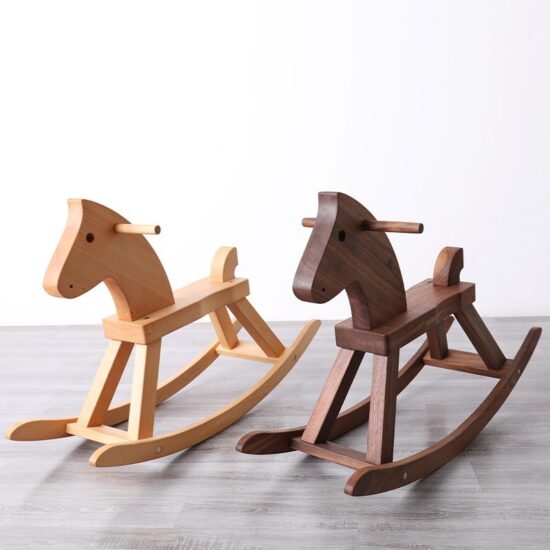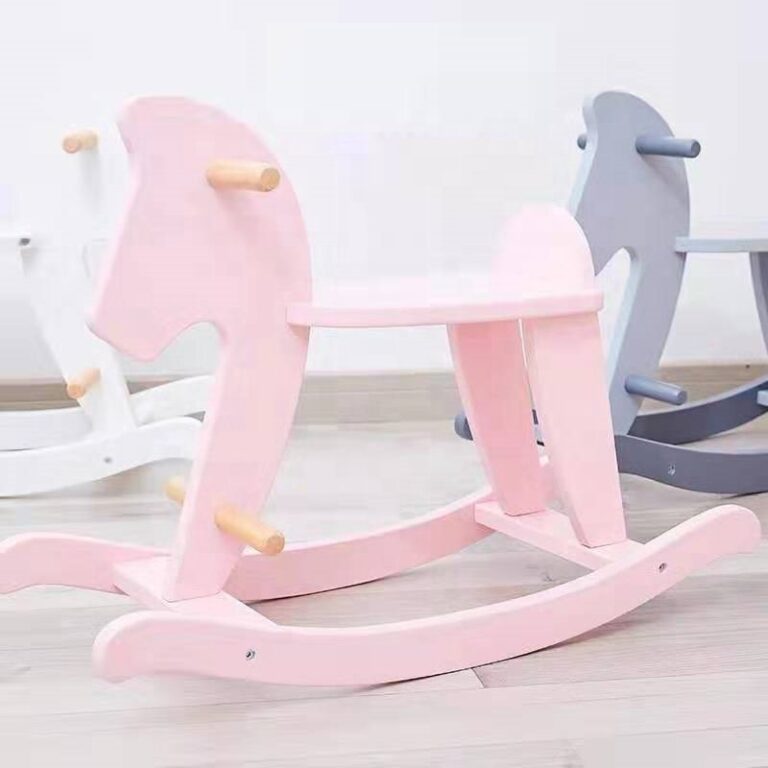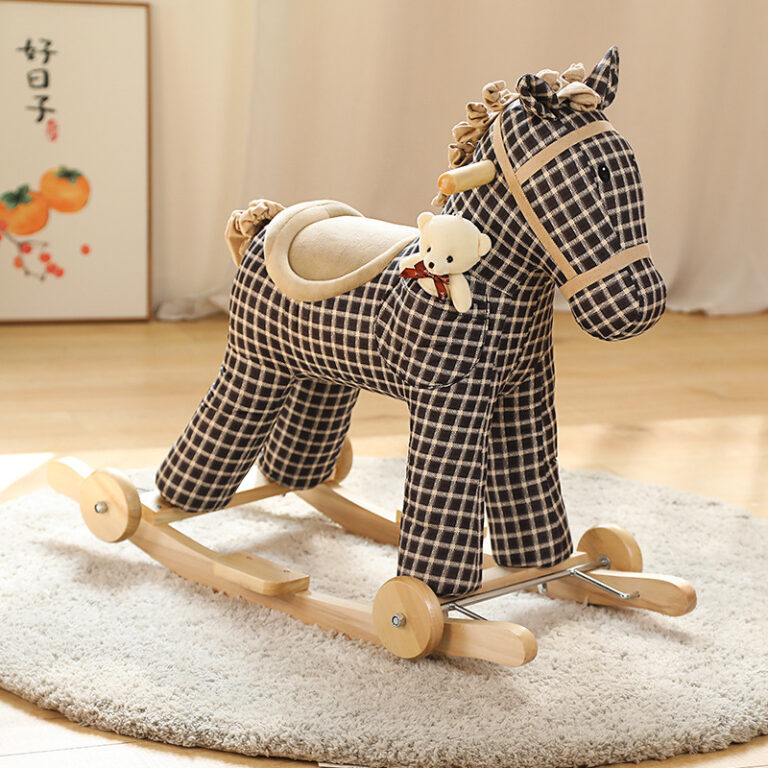jay@nbdho.com
Wooden Toys: The Next Frontier in Emerging Markets
The global wooden toy market, valued at $12.4 billion in 2023, is finding new growth avenues in emerging economies. As disposable incomes rise and parenting trends evolve, countries across Asia, Latin America, and Africa are presenting significant opportunities for wooden toy manufacturers.
Key Growth Drivers:
-
Rising Middle-Class Demand
-
65% of urban parents in India now prefer eco-friendly toys (2023 Toy Association Survey)
-
Brazil’s educational toy market grew 28% YoY, with wooden toys leading the segment
-
Southeast Asia’s toy imports surged 40% since 2020, reflecting changing consumer preferences
-
Educational Policy Shifts
-
China’s “Double Reduction” policy boosting demand for non-digital educational toys
-
Vietnam incorporating Montessori methods in 30% of preschools
-
Middle East governments investing $480M in early childhood education initiatives
-
Local Manufacturing Advantages
-
Indonesia’s sustainable timber industry reducing production costs by 35%
-
India’s handicraft clusters enabling artisanal wooden toy production
-
Mexico’s trade agreements facilitating North American distribution
Market Challenges & Solutions:
| Challenge | Innovative Approach |
|---|---|
| Price Sensitivity | Hybrid wood-plastic composites |
| Distribution Gaps | E-commerce partnerships (Jumia, Mercado Libre) |
| Cultural Preferences | Localized designs (festival themes, native animals) |
Success Stories:
-
Malaysian brand Treedots achieved 200% growth with bamboo-based STEM kits
-
Colombian startup Madera Verde captured 15% market share through pediatrician partnerships
-
India’s Shumee toys exporting to 12 countries with culturally adapted products
Projected Growth:
-
Latin America: 18% CAGR through 2028 (Focus Economics)
-
Southeast Asia: $1.2 billion market by 2027 (Ken Research)
-
Africa: 25% annual growth in premium educational toys
Strategic Recommendations:
-
Partner with local educators for product development
-
Leverage government incentives for sustainable manufacturing
-
Develop tiered pricing strategies for different income segments
“The next decade will see emerging markets account for 40% of global wooden toy sales,” says Maria Chen, Toy Industry Analyst at Daxue Consulting. “Brands that localize their offerings while maintaining quality standards will dominate.”





